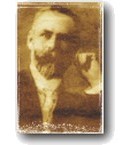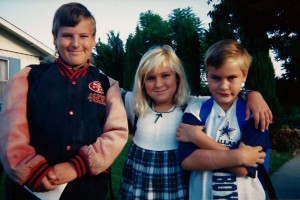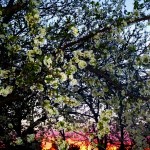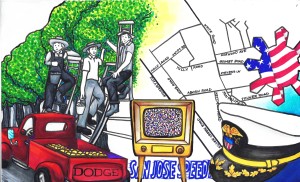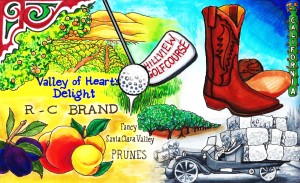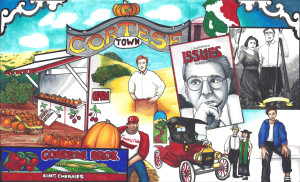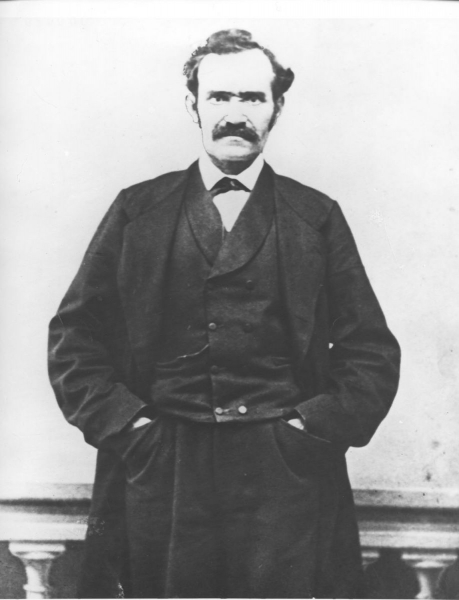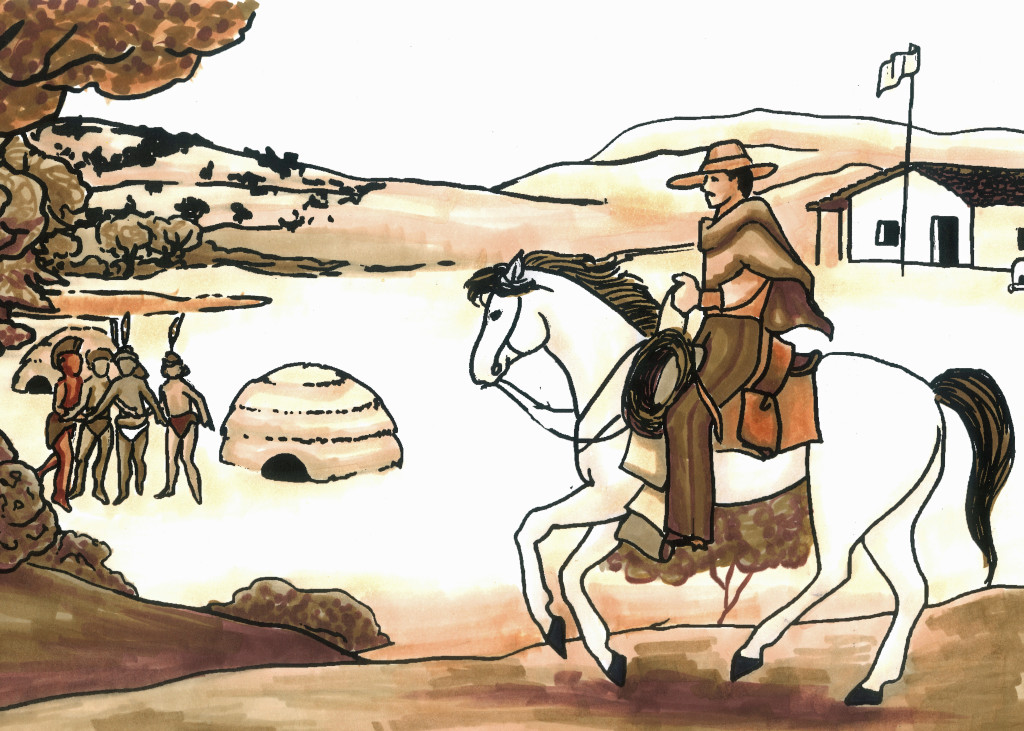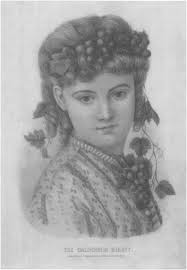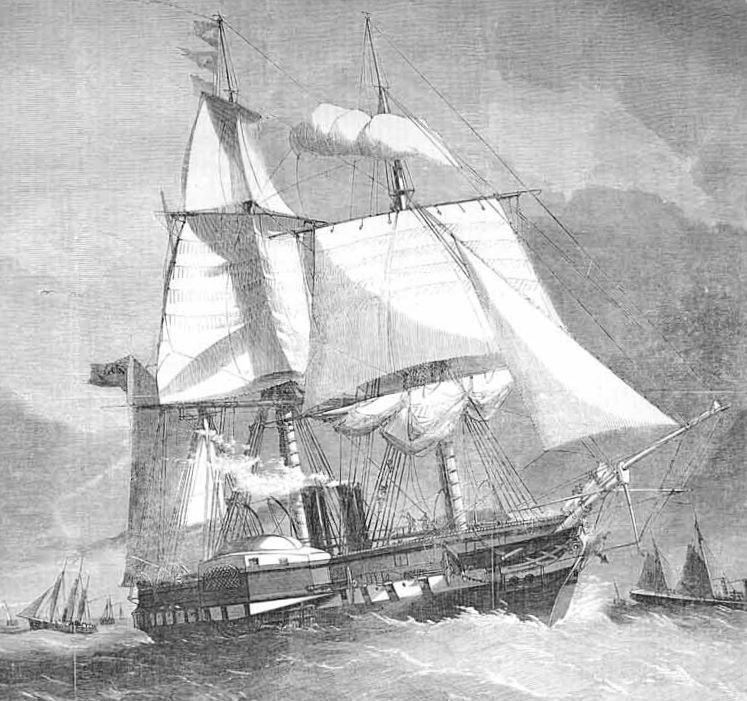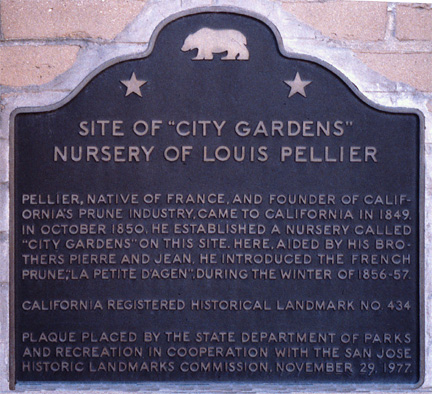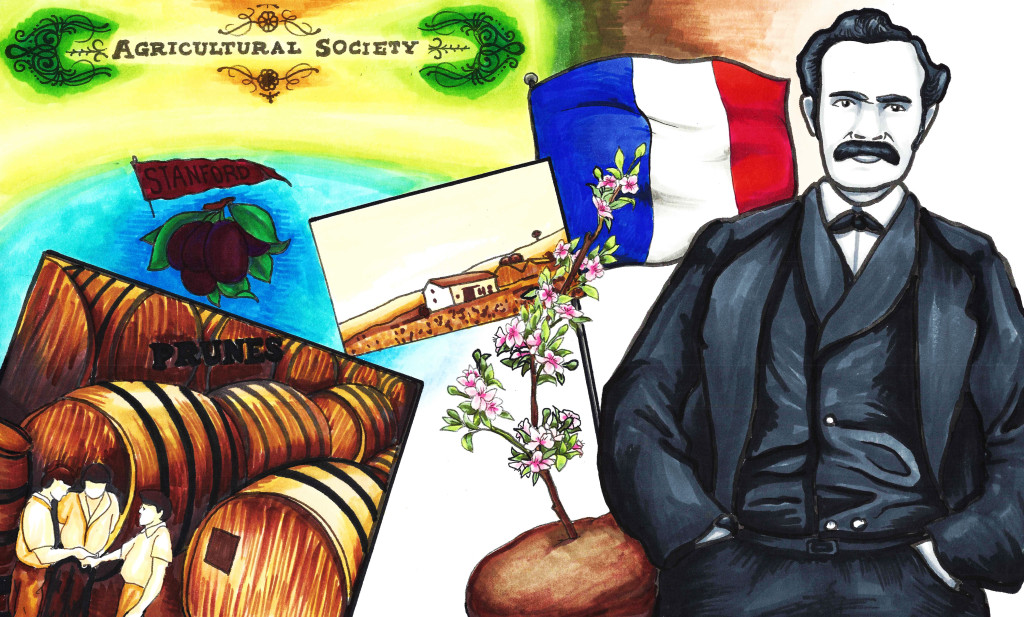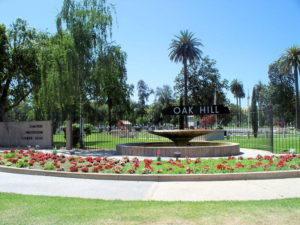 When I went down to Oak Hill Cemetery on Fathers’ Day, because people lessen the likelihood of zombie apocalypse. I was totally interested in anything Evergreen but they were scattered all over the place. The only way to do this is wander around for a long time or check in the records people. I’m going to have to dissect things into lawns and comb through records to find everyone.
When I went down to Oak Hill Cemetery on Fathers’ Day, because people lessen the likelihood of zombie apocalypse. I was totally interested in anything Evergreen but they were scattered all over the place. The only way to do this is wander around for a long time or check in the records people. I’m going to have to dissect things into lawns and comb through records to find everyone.
That having been said, I knew there were some Pelliers buried here. I forgot who initially was there, knowing it wasn’t the entire family. In looking into the Pellier family originally, I also heard about this awesome grave discovery. There was something fishy with the Louis Pellier headstones, but it looks weird to google on your phone and tip toe through a crowded graveyard. Truth is Louis would and wouldn’t be here at Oak Hill Cemetery.
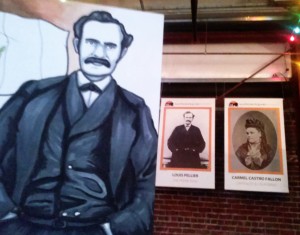 So, let’s start with our three Pellier brothers, the first generation to come to America. The elder Pelliers were Louis, Pierre and Jean. Louis A. Pellier was the brother who first came to America during the Gold Rush and first thought to bring the Prune and other fruit varietals to California soil. His idea contributed to the California Fruit Industry we still enjoy today. Louis Pellier would die in 1872, age the age of 55. The eldest Louis Pellier wouldn’t be found at Oak Hill. For a long while, his remains wouldn’t be found at all.
So, let’s start with our three Pellier brothers, the first generation to come to America. The elder Pelliers were Louis, Pierre and Jean. Louis A. Pellier was the brother who first came to America during the Gold Rush and first thought to bring the Prune and other fruit varietals to California soil. His idea contributed to the California Fruit Industry we still enjoy today. Louis Pellier would die in 1872, age the age of 55. The eldest Louis Pellier wouldn’t be found at Oak Hill. For a long while, his remains wouldn’t be found at all.
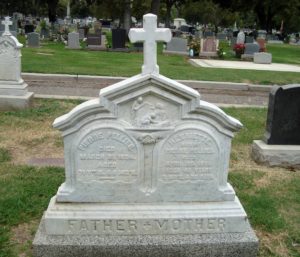
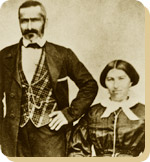 Pierre would buy Pellier Ranch in Evergreen from his older brother, Louis, in 1863 after running someone else’s vineyards successfully near Mission San Jose. Pierre and Henrietta Pellier raised their son and three daughters on their Evergreen ranch, Although initially buried with his other relatives, Pierre Pellier would be buried at Oak Hill Cemetry. I found he and his wife, Henrietta! Wait. That’s a weird thing to get excited about. I think this monument is stellar, though. Again, weird thing to get excited about.
Pierre would buy Pellier Ranch in Evergreen from his older brother, Louis, in 1863 after running someone else’s vineyards successfully near Mission San Jose. Pierre and Henrietta Pellier raised their son and three daughters on their Evergreen ranch, Although initially buried with his other relatives, Pierre Pellier would be buried at Oak Hill Cemetry. I found he and his wife, Henrietta! Wait. That’s a weird thing to get excited about. I think this monument is stellar, though. Again, weird thing to get excited about.
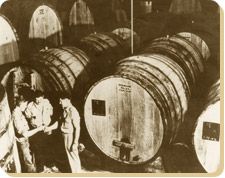 Pellier’s son, Louis P. Pellier, would have been the patriarch once Pierre and Jean died. Louis P. was being groomed to groom the vines and run the lucrative family business. Louis P. Pellier would died at the age of 15 in 1873. Passing a year after his uncle, the Pellier family was devastated. They had no scions in the way of male heirs. That having been said, his sisters stepped up and carried on the tradition of French Winemaking in the Evergreen hillside that eventually became the Mirassou Wine Dynasty. The teenage
Pellier’s son, Louis P. Pellier, would have been the patriarch once Pierre and Jean died. Louis P. was being groomed to groom the vines and run the lucrative family business. Louis P. Pellier would died at the age of 15 in 1873. Passing a year after his uncle, the Pellier family was devastated. They had no scions in the way of male heirs. That having been said, his sisters stepped up and carried on the tradition of French Winemaking in the Evergreen hillside that eventually became the Mirassou Wine Dynasty. The teenage
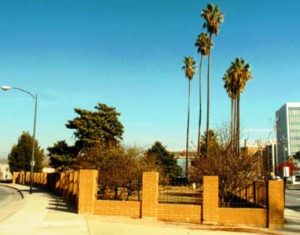 Wait, how did that happen? They can’t get up and walk away. Well, these Pelliers were laid to rest at Holy Cross or Kell Cemetery, opposite Communication Hill, on the outskirts of Willow Glen. Here, for the most part patrons of St. Joseph’s Basilica were buried. This included many notable Evergreenians. Holy Cross Cemetery was sanctioned by the Catholic Church and operated from 1871-1890. It was later replaced by a larger Catholic cemetery in 1882 which was closer to both Catholic churches. Oak Hill Cemetery, close by, and Santa Clara Mission Cemetery was also available for Catholics. In fact, many moved their loved ones to these other cemeteries. The burial ground wasn’t maintained in the meantime and things got ran down. Kids would play with things. Earth would move. Kell Cemetery was forgotten. Today, it’s a source of Socio-Historic information for Archeologists.
Wait, how did that happen? They can’t get up and walk away. Well, these Pelliers were laid to rest at Holy Cross or Kell Cemetery, opposite Communication Hill, on the outskirts of Willow Glen. Here, for the most part patrons of St. Joseph’s Basilica were buried. This included many notable Evergreenians. Holy Cross Cemetery was sanctioned by the Catholic Church and operated from 1871-1890. It was later replaced by a larger Catholic cemetery in 1882 which was closer to both Catholic churches. Oak Hill Cemetery, close by, and Santa Clara Mission Cemetery was also available for Catholics. In fact, many moved their loved ones to these other cemeteries. The burial ground wasn’t maintained in the meantime and things got ran down. Kids would play with things. Earth would move. Kell Cemetery was forgotten. Today, it’s a source of Socio-Historic information for Archeologists.
In 1930, the unmoved graves would be bulldozed through and cleared for grazing land. I spoke to the gentlemen who united the monuments with the remains, Ralph Pearce and Judge Paul Bernal. For some reason the elder Louis’s headstone would go missing 80 years, rescued by Clyde Arbuckle, San Jose Historian. Judge Paul Bernal describes its discovery by Clyde.
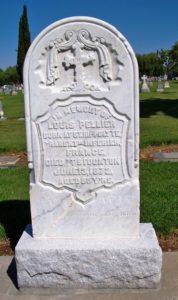 “Around 1941 historian Clyde Arbuckle was at the Holy Cross Cemetery with his two children Jim and Susan. As Jim and Susan chased a jackrabbit across the once cemetery, Clyde discovered the broken headstone of Louis Pellier lying face-down in the brush. There are photos of Clyde and Helen Abuckle with the headstone propped back up in the cemetery in 1948/1949. Between 1948/1949 and 1951, Arbuckle removed the headstone for safekeeping.”
“Around 1941 historian Clyde Arbuckle was at the Holy Cross Cemetery with his two children Jim and Susan. As Jim and Susan chased a jackrabbit across the once cemetery, Clyde discovered the broken headstone of Louis Pellier lying face-down in the brush. There are photos of Clyde and Helen Abuckle with the headstone propped back up in the cemetery in 1948/1949. Between 1948/1949 and 1951, Arbuckle removed the headstone for safekeeping.”
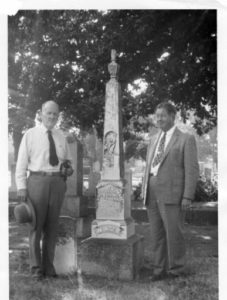 Clyde Arbuckle would realize the treasure he had found. The grand headstone was used as a prop for a documentary on Sunsweet Prunes in 1951. Arbuckle’s collection was just underway. He would be San Jose’s prevailing historian for many years. The Prune King’s monument would be a piece of a vast collection which became the awesome organization History San Jose. I’ve visited these guys. Wow. If you’re looking to get your nerd on, you can do it here. But the collection was so broad, even this large piece was able to be overlooked for some time. It was kept too safe.
Clyde Arbuckle would realize the treasure he had found. The grand headstone was used as a prop for a documentary on Sunsweet Prunes in 1951. Arbuckle’s collection was just underway. He would be San Jose’s prevailing historian for many years. The Prune King’s monument would be a piece of a vast collection which became the awesome organization History San Jose. I’ve visited these guys. Wow. If you’re looking to get your nerd on, you can do it here. But the collection was so broad, even this large piece was able to be overlooked for some time. It was kept too safe.
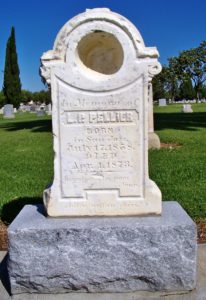 Some years later, an orchardist and rancher would happen upon the headstone of Louis P. Pellier. Farmer Lee Lester bought the property next door to the former cemetery. Lester knew his prune history and thought he had found the most valuable piece of memorabilia, the Prune King’s headstone. The monument was a little worse for wear, but it would be preserved as well by another San Jose history buff. The gravestone would come back to Lester’s Baily Avenue farm for safekeeping and lean up against his barn exposed to the elements.
Some years later, an orchardist and rancher would happen upon the headstone of Louis P. Pellier. Farmer Lee Lester bought the property next door to the former cemetery. Lester knew his prune history and thought he had found the most valuable piece of memorabilia, the Prune King’s headstone. The monument was a little worse for wear, but it would be preserved as well by another San Jose history buff. The gravestone would come back to Lester’s Baily Avenue farm for safekeeping and lean up against his barn exposed to the elements.
So, fast forward almost 100 years after its abandonment, Kell Cemetery was in the path of a proposed highway into the heart of Downtown. That highway was the 87. In 1984, these remains were moved to nearby Oak Hill with family or to the Catholic Cavalry Cemetery off of Alum Rock, its replacement, in a Pioneer Section. All the remains moved. Not all of the gravestones were located. Many were in disrepair. Both Louis Pellier’s remains would move to Alum Rock.
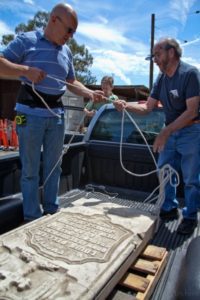
Pioneer of Santa Clara County would often end up at the San Jose Public Library, like I have, in the California Room, in the midst of librarian Ralph Pearce. In August 2011, Ralph let a member know that he thought he heard someone had a Louis Pellier headstone laying around. The group having found the younger Louis’s monument in their possession, the search for the Prune King was on. History San Jose confirmed it in archive databases, but the collection was so massive, it was housed in many multiple warehouses. They opened their doors to the Pioneers of Santa Clara and Ralph Pearce, together creating the “In Grave Danger Gang”.
The “In Grave Danger Gang” would commemorate the reuniting of the Pellier Monuments on November 2, 2011 with Lester family, Pellier Family and the Pioneer Society members.
![IMG_4028 [2794442]](http://www.evergreenmuralwalk.com/wp-content/uploads/2016/06/IMG_4028-2794442-e1466739445496-300x255.jpg) So, when I popped up at Oak Hill and asked for Louis Pellier, I wasn’t expecting the helpful lady to call me back with this little curve ball. A two year old curve ball too young to be either first or second generation Louis. Who’s this little guy?
So, when I popped up at Oak Hill and asked for Louis Pellier, I wasn’t expecting the helpful lady to call me back with this little curve ball. A two year old curve ball too young to be either first or second generation Louis. Who’s this little guy?
Ralph Pearce and the Santa Clara Pioneers Society helped me figure it out! It was buried deep in census statistics from the 1870’s and figuring out who was in the household who was old enough to father this child. This little guy Louis belongs to another Louis Pellier, son of Jean Pellier. This is the fourth generation of Louis Pellier, here who passed as a boy. Jean’s son Louis A. was born in France in 1852, moved to the States with his family and married Christina Frances Alvarez. They would have a son and also name him Louis A. Whoa. Those family names. You could certain understand the confusion was all had. Which brings up a whole new question. Where’s the other L. A. Pellier located now?
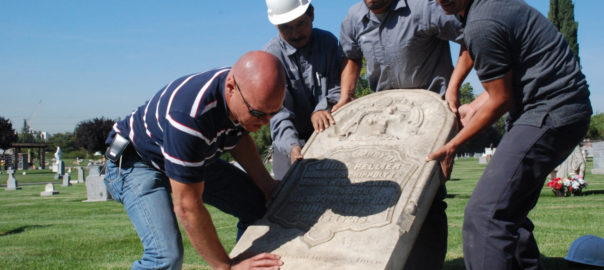
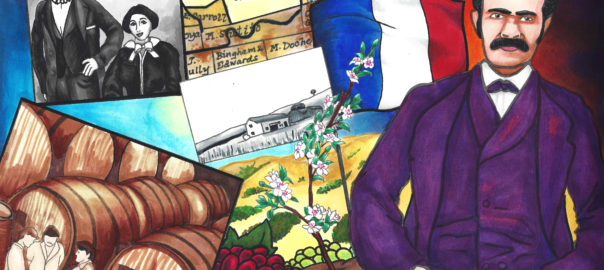

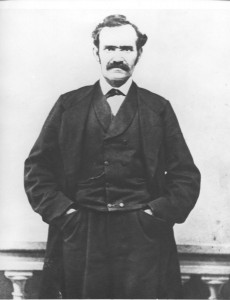
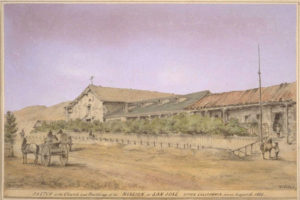


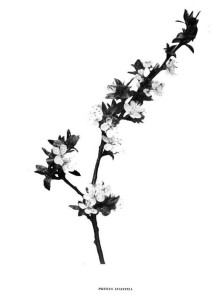
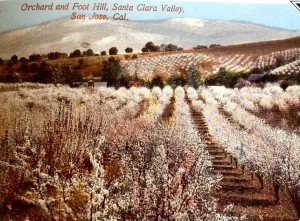
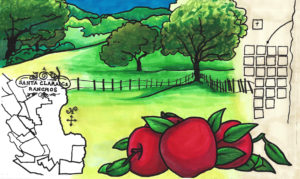
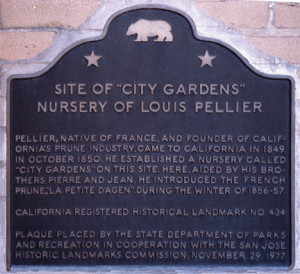
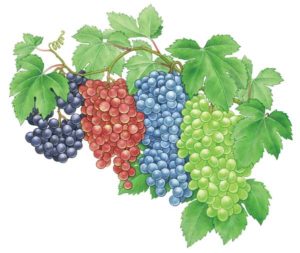
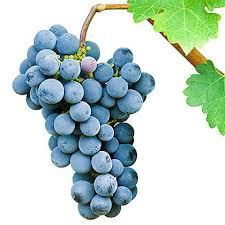
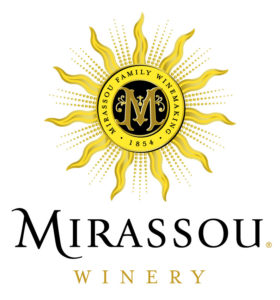
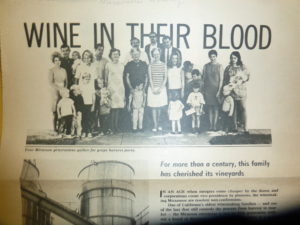
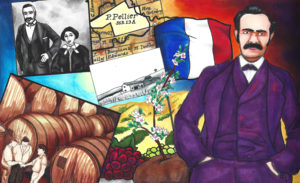
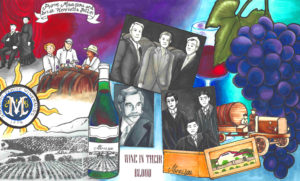
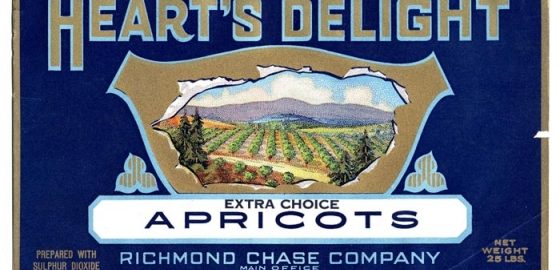
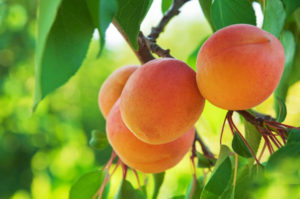
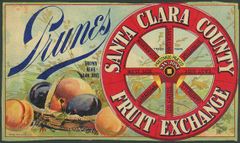
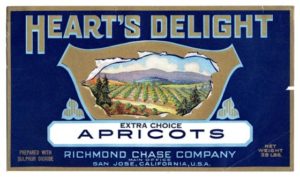

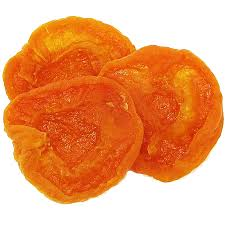

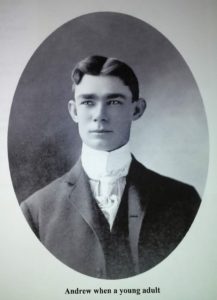
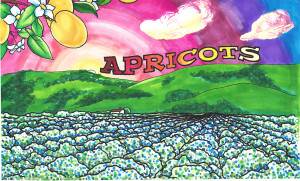

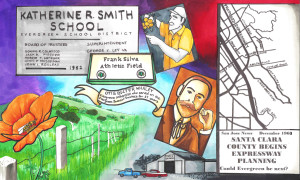
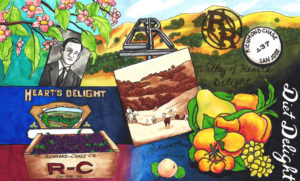
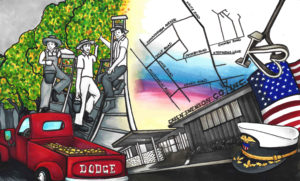
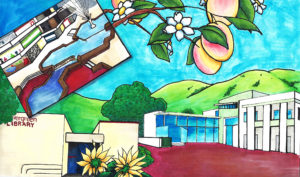
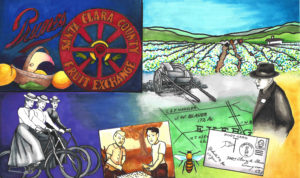
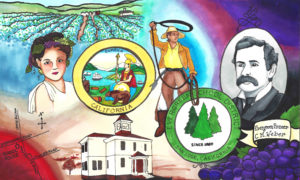
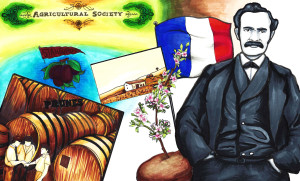
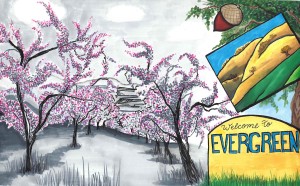
 The East Side Fruit Growers Association opened in 1893 off Tully Road and McLaughlin Road, serving as a trade association for local farmers across Evergreen and East San Jose. They would join a larger sales organization in 1899.
The East Side Fruit Growers Association opened in 1893 off Tully Road and McLaughlin Road, serving as a trade association for local farmers across Evergreen and East San Jose. They would join a larger sales organization in 1899.